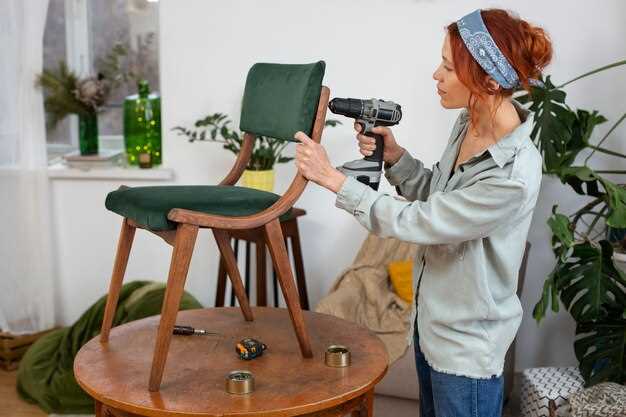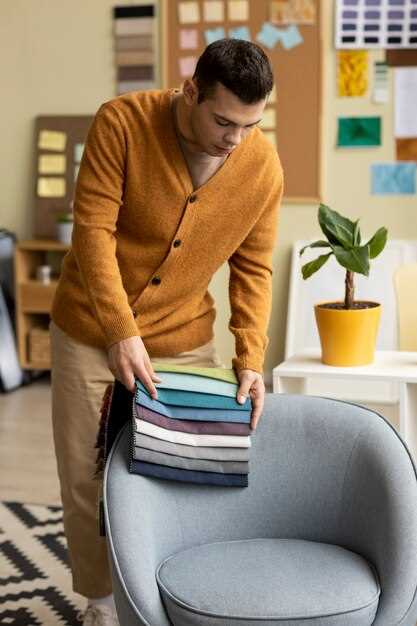
Custom upholstery plays a vital role in enhancing the overall aesthetic and comfort of interior spaces. By choosing tailored solutions, homeowners and designers can create unique pieces that reflect personal style and meet specific functional needs. The flexibility offered by custom upholstery allows for the selection of fabrics, colors, and designs that seamlessly blend with existing decor, making it a popular choice among those seeking to elevate their interiors.
However, along with the numerous advantages, there are also potential drawbacks to consider when opting for custom upholstery solutions. The costs associated with bespoke services can be significantly higher compared to ready-made alternatives, and the time required for production may lead to longer waiting periods. Additionally, without proper research, one may encounter challenges in sourcing quality materials or skilled craftsmen, which can impact the final outcome.
In this article, we will explore the various benefits and drawbacks of custom upholstery, providing insights that will help readers make informed decisions regarding their interior design projects.
Evaluating the Cost-Effectiveness of Custom Upholstery for Your Home
Investing in custom upholstery solutions can significantly enhance the overall style and functionality of your home’s interior. However, weighing the cost-effectiveness of such a decision is crucial for homeowners. Custom upholstery often involves a higher initial expense compared to off-the-shelf options, but the value it brings should be considered in a comprehensive manner.
One major advantage of custom upholstery is its ability to perfectly fit your interior design needs. Tailored pieces can transform the aesthetics of a room, offering a unique design that reflects your personal style. This customization often leads to a more cohesive interior setup, potentially increasing the market value of your property.
Moreover, high-quality materials used in custom upholstery can enhance durability and comfort. While the upfront cost may be higher, these investments can save money in the long run by reducing the need for frequent replacements. Off-the-shelf furniture often uses lower-quality materials that may not withstand wear and tear, leading to added expenses over time.
Additionally, custom upholstery allows homeowners to select specific fabrics and colors that align with their desired style, ensuring that each piece is not only functional but also aesthetically pleasing. This level of personalization can significantly elevate the ambiance of your home.
However, it is essential to consider the budget and the potential return on investment. Homeowners should evaluate whether the long-term benefits of durability and style justify the initial costs. Gathering quotes and comparing various options will provide a clearer picture of affordability in relation to potential benefits.
In conclusion, while custom upholstery entails a higher investment upfront, the combination of enhanced style, increased durability, and potential market value can make it a cost-effective solution for homeowners looking to elevate their interior spaces.
Choosing the Right Fabrics and Materials for Custom Upholstery Projects

When embarking on custom upholstery projects, selecting the appropriate fabrics and materials is essential for achieving a look that reflects your personal style while ensuring durability and comfort. The right choice can elevate your furniture pieces, making them not just functional but also aesthetically pleasing.
Firstly, consider the style of the room where the upholstered item will reside. Different fabrics can evoke various moods and characteristics. For example, if you aim for a modern aesthetic, sleek materials such as leather or synthetic blends may be suitable. In contrast, traditional designs often benefit from the warmth of natural fibers like cotton or wool.
Durability is another critical factor in your selection process. High-traffic areas necessitate fabrics that can withstand wear and tear. Choose materials that are specifically designed for upholstery, such as microfibers or performance fabrics, which provide strength and resistance to stains. Additionally, look for options with a high rub count, indicating their ability to withstand friction over time.
Another aspect to consider is comfort. Fabrics with a soft texture, like velvet or polyester blends, can enhance the sitting experience. Ensure that the material is breathable and pleasant to touch, as this influences the overall satisfaction of the upholstered piece.
Finally, don’t overlook the importance of color and pattern. The chosen fabric can significantly impact the room’s visual harmony. Select colors that complement existing decor while incorporating patterns that enhance rather than overwhelm the space. Custom upholstery allows for creative freedom; thus, utilizing various textures and design elements can add a unique touch to your project.
In summary, choosing the right fabrics and materials for custom upholstery projects involves a careful balance of style, durability, comfort, and aesthetic coherence. By thoughtfully considering these factors, you can create beautiful, functional pieces that perfectly match your vision.
Design Flexibility and Personalization in Custom Upholstered Furniture

Custom upholstered furniture provides unparalleled design flexibility, allowing homeowners to create pieces that perfectly align with their unique style and interior aesthetics. Unlike mass-produced items, custom solutions enable individuals to select specific fabrics, colors, and patterns that resonate with their vision. This personalization ensures that each piece not only fits the desired spatial dimensions but also enhances the overall ambiance of the room.
The ability to customize shapes and configurations further enhances the functionality of upholstered furniture. Whether it’s a sectional sofa that fits snugly in a corner or an accent chair tailored to complement existing pieces, custom solutions cater to varying needs and preferences. This level of adaptability makes it easier to achieve a harmonious balance within any interior setting.
Moreover, choosing custom upholstery allows for the incorporation of personal elements that reflect one’s lifestyle and taste. From selecting durable materials for high-traffic areas to opting for luxurious textures in more formal spaces, each decision contributes to a cohesive and inviting atmosphere. This personalization transforms functional items into cherished components of the home.
In summary, the design flexibility and personalization offered by custom upholstered furniture play a crucial role in transforming ordinary interiors into tailored spaces that reflect individual style, preferences, and practical needs.



